Books
Details of leading books and reports and presenting up-to-date knowledge of the state-of-the-art energy efficient technologies adopted and practiced in plants and mills in India and the world over; policies/ strategies for adopting high energy efficiency standards and also presents world's leading journals containing articles written by researchers, industry experts, professors for academic and technical audience.
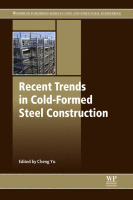
Recent Trends in Cold-Formed Steel Construction
- Author - Cheng Yu (ed.)
- Publisher – Woodhead Publishing
- Pages and Year - 332 p. 2016
he book addresses cutting-edge new technologies and design methods using cold-formed steel as a main structural material, and provides technical guidance on how to design and build sustainable and energy-efficient cold-formed steel buildings.
Read More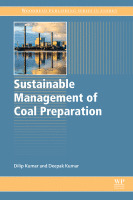
Sustainable Management of Coal Preparation
- Author - Dilip Kumar and Deepak Kumar
- Publisher – Woodhead Publishing
- Pages and Year - 454 p. 2018
Divided in three parts, the book explains the preparation of coking and non-coking coal, clean technologies, the principles of sustainable management and emerging management issues. The inclusion of case studies also provides a practical perspective for the planning and design of coal preparation activities and environmental management.
Read More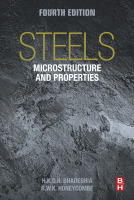
Steels: Microstructure and Properties
- Author - Harshad Bhadeshia and Robert Honeycombe
- Publisher – Butterworth-Heinemann
- Pages and Year - 488 p. 2017
Steels represent the most used metallic material, possessing a wide range of structures and properties. By examining the properties of steels in conjunction with structure, this book provides a valuable description of the development and behavior of these materials—the very foundation of their widespread use.
Read More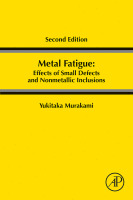
Metal Fatigue:Effects of Small Defects and Nonmetallic Inclusions
- Author - Yukitaka Murakami
- Publisher – Academic Press
- Pages and Year - 758 p. 2019
Metal fatigue is an essential consideration for engineers and researchers looking at factors that cause metals to fail through stress, corrosion, or other processes. Predicting the influence of small defects and non-metallic inclusions on fatigue with any degree of accuracy is a particularly complex part of this.Metal Fatigue: Effects of Small Defects and Nonmetallic Inclusions is the most trusted, detailed and comprehensive guide to this subject available.
Read More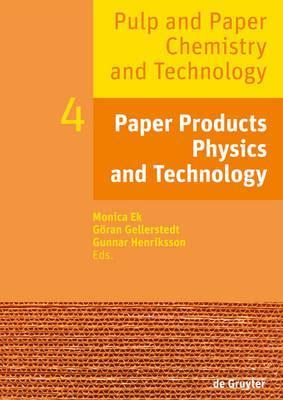
Paper Products Physics and Technology
- Series - 4
- Author - Monica Ek
- Publisher – De Gruyter
- Pages and Year - 342 p. 2016
This volume examines the physical properties of paper and modern demands on this versatile material. The book presents fundamental definitions of fibre networks and their structure, physical properties of the paper and their development during pressing and drying, interactions with moisture and its affect on mechanical properties, interactions between light and fibrous materials and the determination of optical properties of the paper, physical action of dry-strength and wet-strength chemicals, physical properties of the paper surface with special emphasis on printing and print quality, overview of packaging materials and the demands on paper from a packaging materials perspective, laminate theories for papermakers and theoretical models of paper for converting and end-uses.
Read More
Paper Chemistry and Technology
- Series - 3
- Author - Monica Ek
- Publisher – De Gruyter
- Pages and Year - 408 p. 2016
This book provides an overview of paper production and the ways in which the chemistry of starting materials and processes influence its quality and properties. The work treats fundamental properties of the fibre wall and the consolidation of fibres during pressing and drying, surface chemistry of fibres and their influence on the interaction between fibres/paper and other materials, mechanisms behind the adsorption of polyelectrolytes to fibres and fillers, acid and alkaline sizing of paper, basic fluid mechanical behavior of fibre suspensions, web forming, web pressing and web drying in a modern paper machine, calandering and coating of paper.
Read More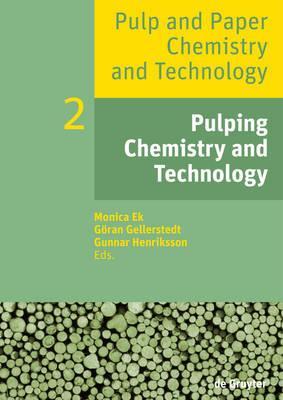
Pulping Chemistry and Technology
- Series - 2
- Author - Monica Ek
- Publisher – De Gruyter
- Pages and Year - 471 p. 2016
This book focuses on creating an understanding of the chemical and technical processes involved in the production of pulp. The work treats wood handling, i.e. barking, chipping , storage and screening processes, chemistry and technology during mechanical and chemical pulp production, including pulping and bleaching chemistry and technology, production of bleaching chemicals at the mill, recovery processes, including the treatment and burning of black liquor and the white liquor preparation plant, paper recycling processes, changes in structure and properties of wood polymers and pulps in the pulping process line, description of the equipment and processes involved in the manufacturing of pulp, pulp characterization, including methods available to evaluate pulp properties, end-product requirements.
Read More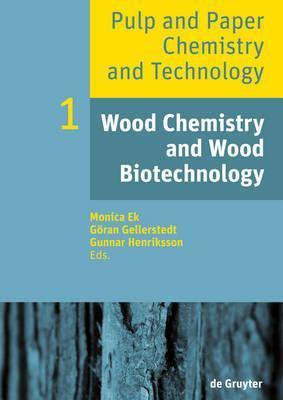
Wood Chemistry and Wood Biotechnology
- Series - 1
- Author - Monica Ek
- Publisher – De Gruyter
- Pages and Year - 308 p. 2016
This book provides a survey of the biological and chemical structure of wood as well as an introduction to the chemical reactions used during pulp production processes. The work presents the different raw materials used for pulp production, the macroscopic and morphological construction of wood and related characterization methods, the chemical structure and arrangement of the wood polymers and extractives, biosynthesis of wood polymers, carbohydrate and lignin analysis, reactions of wood polymers in mechanical and chemical pulping and bleaching processes, biotechnical processes of relevance for the pulp and paper industry, different types of microorganisms and their modes of interaction with wood, the impact of chemical and microbiological processes on the hierarchical structure of wood and pulp.
Read More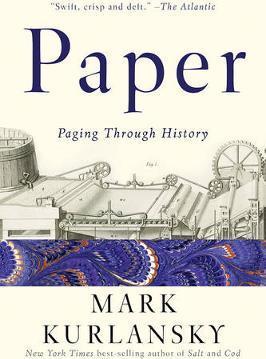
Paper : Paging Through History
- Series - Pulp and Paper Technology
- Author - Mark Kurlansky
- Publisher – WW Norton & Co
- Pages and Year - 416 p. 2017
For the past two millennia, the ability to produce paper in ever more efficient ways has supported the proliferation of literacy, media, religion, education, commerce and art. It has created civilisations, fostering the fomenting of revolutions and the stabilising of regimes. Now, on the cusp of "going paperless", Mark Kurlansky challenges common assumptions about technology's influence, affirming that paper is here to stay.
Read More
Emission and Control of Trace Elements from Coal-Derived Gas Streams
- Series - Energy
- Author - Yongchun Zhao, Hailong Li, Jianping Yang,
- Publisher – Woodhead Publishing
- Pages and Year - 424 p. 2019
Emission and Control of Trace Elements from Coal-Derived Gas Streams presents an up-to-date and focused analysis on Trace element (TEs) emissions and control strategies during coal utilization. This book provides insights into how TE’s in coal are distributed from different coal-forming periods, coal ranks and coal-bearing regions. As the emission and control of TEs during coal utilization are a significant concern, this book introduces TEs in coal and pollution in an accessible way before discussing why they occur and how they are distributed during various stages of coal forming, also considering various regions and countries
Read More